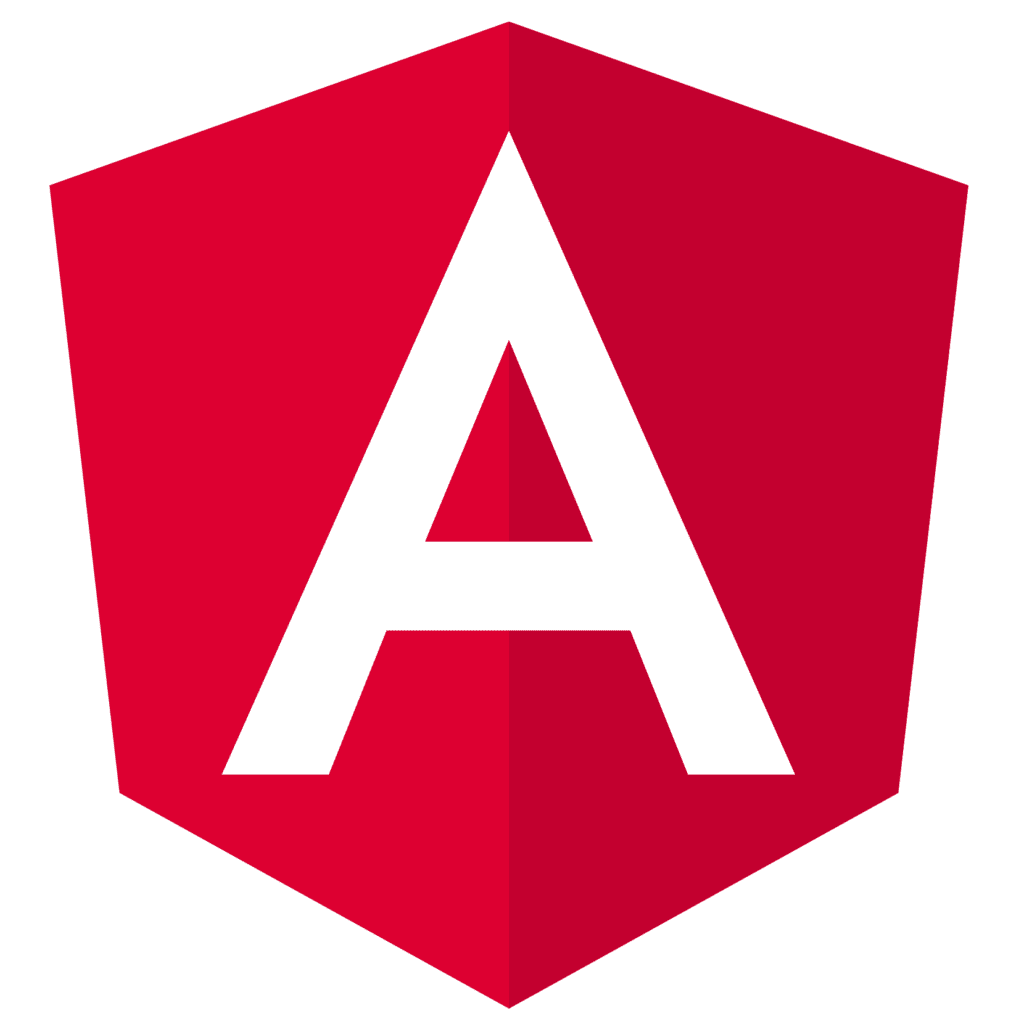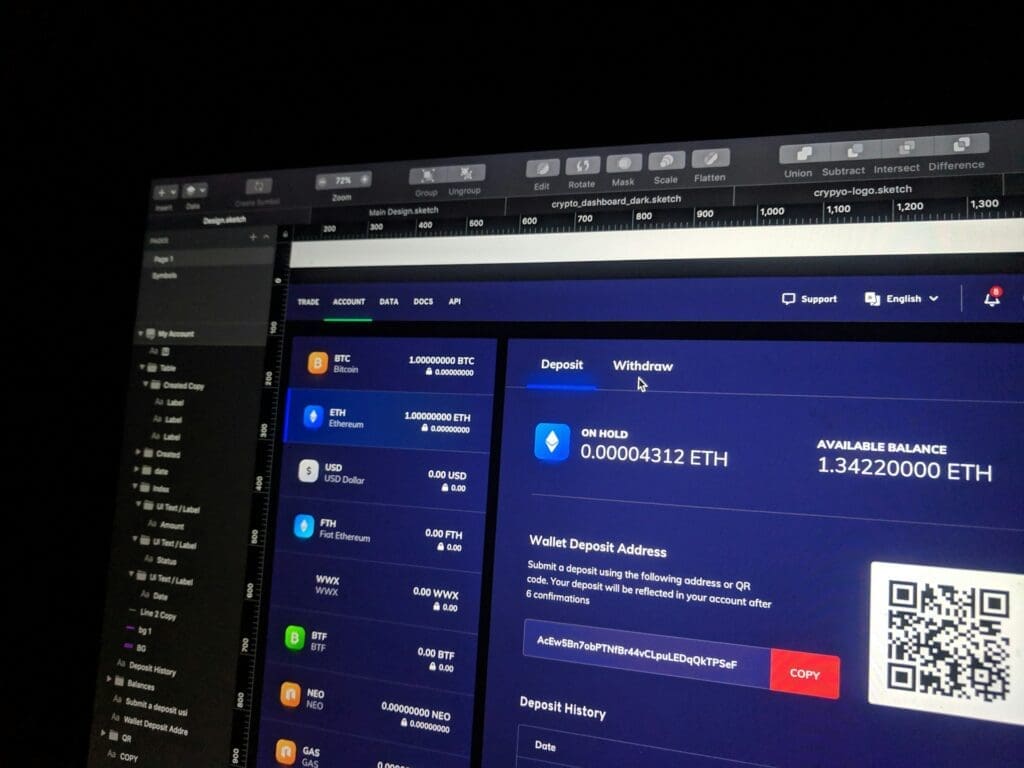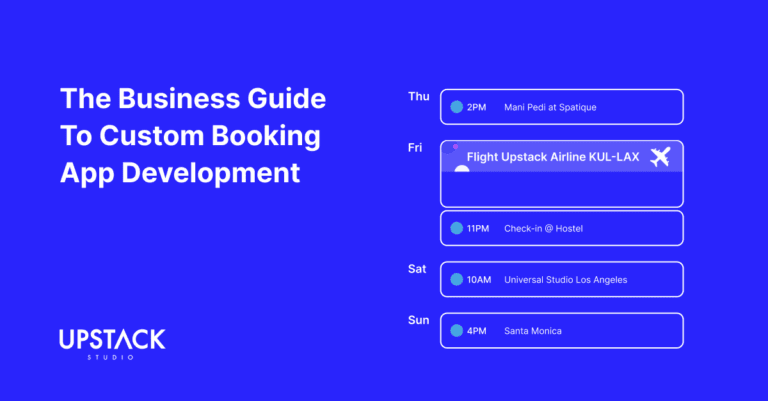To ensure that a web application keeps pace with modern performance standards, it’s important for the development team to stay up-to-date on available options.
After all, a frontend framework defines how well an application meets user expectations.

This post provides a list of top frontend web development frameworks, hopefully enabling tech and non-tech readers alike to determine the best choice for their project.
Definition of Frontend Frameworks
Frontend frameworks make life a lot easier for developers working on web development, offering pre-designed templates, reusable components, and built-in functionalities to expedite the development process.
By leveraging these frameworks, developers can enhance user experiences, ensure consistency across different devices, and optimize performance.
Why Consider Up-to-Date Frameworks
As with any foundational piece of a technology stack, choosing an up-to-date frontend framework offers several key benefits:
- Improved Performance: Modern frameworks often introduce performance enhancements, optimizing rendering speed and memory utilization.
- Enhanced Security: Up-to-date frameworks frequently receive security updates and patches, mitigating vulnerabilities.
- Comprehensive Developer Support: The latest frameworks grant access to robust developer support including documentation updates, community forums, and troubleshooting resources.
- New Features and Functionality: Modern frameworks often introduce new features and functionalities that enhance developer productivity.
- Future-proofing: Up-to-date frontend frameworks future-proof a project by ensuring compatibility with new technologies, standards, and best practices.
Key Criteria for Choosing a Frontend Framework
1. Scalability
A framework should be capable of accommodating the growth of a project without sacrificing performance or maintainability.
Assessing a framework’s scalability involves evaluating its ability to handle large codebases, support modular development practices, and facilitate team collaboration.
2. Community Support
The strength of a framework’s developer community can significantly impact its sustainability.
A vibrant community provides access to a wealth of resources, including tutorials, forums, and open-source contributions, fostering innovation and knowledge sharing.
Evaluating community support involves assessing the size, engagement, and responsiveness of the community surrounding a framework.
3. Ecosystem Maturity
The maturity of a framework’s ecosystem encompasses the availability and quality of third-party libraries, plugins, and tools that extend its functionality, including:
- library compatibility
- documentation quality, and
- ecosystem diversity
A mature ecosystem provides developers with the flexibility to leverage existing solutions, accelerate development cycles, and address common challenges effectively.
A List of Popular Frontend Frameworks in 2024
In 2024, several frontend frameworks continue to dominate the web development landscape, each offering unique advantages and capabilities. Let’s explore the top contenders:
1. Angular

Angular, developed and maintained by Google, remains a popular choice among developers for building dynamic and scalable web applications.
With its comprehensive feature set, including two-way data binding, dependency injection, and modular architecture, Angular excels in large-scale enterprise projects.
2. React

React, created by Facebook, has gained widespread adoption for its component-based architecture and virtual DOM rendering.
React’s declarative approach to building user interfaces simplifies the development process, making it an ideal choice for single-page applications and interactive user experiences.
3. Vue.js

Vue.js continues to rise in popularity due to its simplicity, flexibility, and progressive adoption curve.
Developed by Evan You, Vue.js offers a lightweight yet powerful framework for building modern web applications.
Its intuitive syntax and seamless integration with existing projects make it a favorite among developers seeking rapid prototyping and efficient code maintenance.
4. Svelte

Svelte, a relatively newcomer to the frontend scene, has garnered attention for its innovative approach to web development.
Unlike traditional frameworks that rely on virtual DOM manipulation, Svelte shifts the burden of computation from the client to the build process, resulting in highly optimized and performant applications.
With its reactive programming model and minimal footprint, Svelte presents a compelling alternative for developers prioritizing speed and efficiency.
Frontend Frameworks Performance Comparison
Here’s a table broadly comparing performance aspects of the four frontend frameworks.
| Framework | Rendering Speed | Bundle Size | Runtime Efficiency |
| Angular | Moderate | Large | High |
| React | Fast | Medium | Moderate |
| Vue.js | Fast | Small | Moderate |
| Svelte | Very Fast | Small | High |
Putting the table into practice, here are projects each framework is and isn’t suited for.
1. Angular
Suitable Projects
Enterprise-scale applications with complex data structures and extensive component hierarchies.
Projects requiring robust dependency injection and comprehensive testing capabilities.
Less Suitable Projects
Small-scale applications or prototypes where rapid development and lightweight footprint are prioritized.
Projects with strict performance requirements that demand minimal bundle size and fast rendering.
2. React
Suitable Projects
Single-page applications (SPAs) with dynamic user interfaces and interactive components.
Projects requiring frequent data updates and real-time rendering, such as social media platforms or collaboration tools.
Less Suitable Projects
Projects with stringent performance constraints that demand minimal bundle size and maximum runtime efficiency.
Applications targeting resource-constrained devices or environments where memory usage is a critical concern.
3. Vue.js
Suitable Projects
- Prototyping and rapid development projects where simplicity, flexibility, and ease of learning are paramount.
- Applications requiring seamless integration with existing codebases or frameworks, facilitating incremental adoption.
Less Suitable Projects
- High-performance applications with strict performance requirements that demand maximum runtime efficiency and minimal bundle size.
- Projects heavily reliant on third-party libraries or plugins with limited Vue.js compatibility or support.
4. Svelte:
Suitable Projects
- Performance-critical applications prioritizing fast initial load times, minimal bundle size, and efficient runtime execution.
- Projects targeting resource-constrained environments or devices, such as mobile applications or embedded systems.
Less Suitable Projects:
- Projects requiring extensive ecosystem support or integration with third-party libraries not optimized for Svelte’s compiler-based approach.
- Applications with complex state management requirements that may benefit from the mature ecosystems of Angular or React.
Developer Community and Support
By numbers alone, React and Angular have the top spot, and it isn’t even close.
| Framework | Estimated Number of Developers |
| Angular | Millions |
| React | Millions |
| Vue.js | Hundreds of thousands to Millions |
| Svelte | Tens of thousands |
This isn’t a knock against the capabilities of Vue.js or Svelte, it’s simply that React and Angular have been established for significantly longer, and are used by many large companies across industries.
These things tend to perpetuate unless there’s a tremendous incentive to switch.
That said, you can absolutely find healthy communities for each:
Learning Curve For The Frontend Frameworks
Angular: Steepest
Angular typically has the steepest learning curve among popular frontend frameworks.
Its comprehensive feature set, including concepts such as dependency injection, TypeScript integration, and complex project setup, may pose challenges for beginners.
However, Angular’s structured architecture and extensive documentation can facilitate learning for developers familiar with object-oriented programming.
React: 2nd Steepest
React’s moderate learning curve is mostly due to its component-based architecture and JavaScript-centric approach.
While React’s declarative syntax and virtual DOM rendering are relatively intuitive, mastering state management with tools like Redux or Context API and understanding JSX syntax may require some time and practice.
Still, React’s wealth of learning resources make it accessible to developers at various skill levels – it’s easy enough for Upstackers to use, so it can’t be that hard!
Vue.js: 3rd steepest
Vue.js offers a gentle learning curve with intuitive syntax, gradual adoption curve, and single-file component structure that simplifies building reactive web interfaces.
Developers familiar with HTML, CSS, and basic JavaScript concepts can quickly grasp Vue.js and start building projects with minimal friction.
Svelte: Easiest
With Svelte, developers focus on writing expressive and concise code without the need for complex abstractions or boilerplate setup.
Svelte’s reactive programming model, intuitive syntax, and built-in features like stores and transitions enable rapid prototyping and efficient code maintenance.
This makes it an excellent choice for projects where beginners and experienced developers must work together.
A Foundational Decision
Your frontend framework choice will affect the success of a web development project, for better or worse.

A few things to consider based on the guide above:
- performance
- community support, and
- learning curve
That’s how you make a choice aligned with your project goals and preferences.
And of course, always stay informed about the latest trends and technologies to stay ahead of the curve.
Hey there stranger, thanks for reading all the way to the end. Consider joining our mailing list for a one-stop resource on everything from micro SaaS validation all the way to execution and promotion. Get a nifty list of questions to ask app developers when you sign up!
App Developer Interview Questions Template
Download this template now so you know exactly what to ask App Development Agencies! Let us know where should we send it through the form below.



